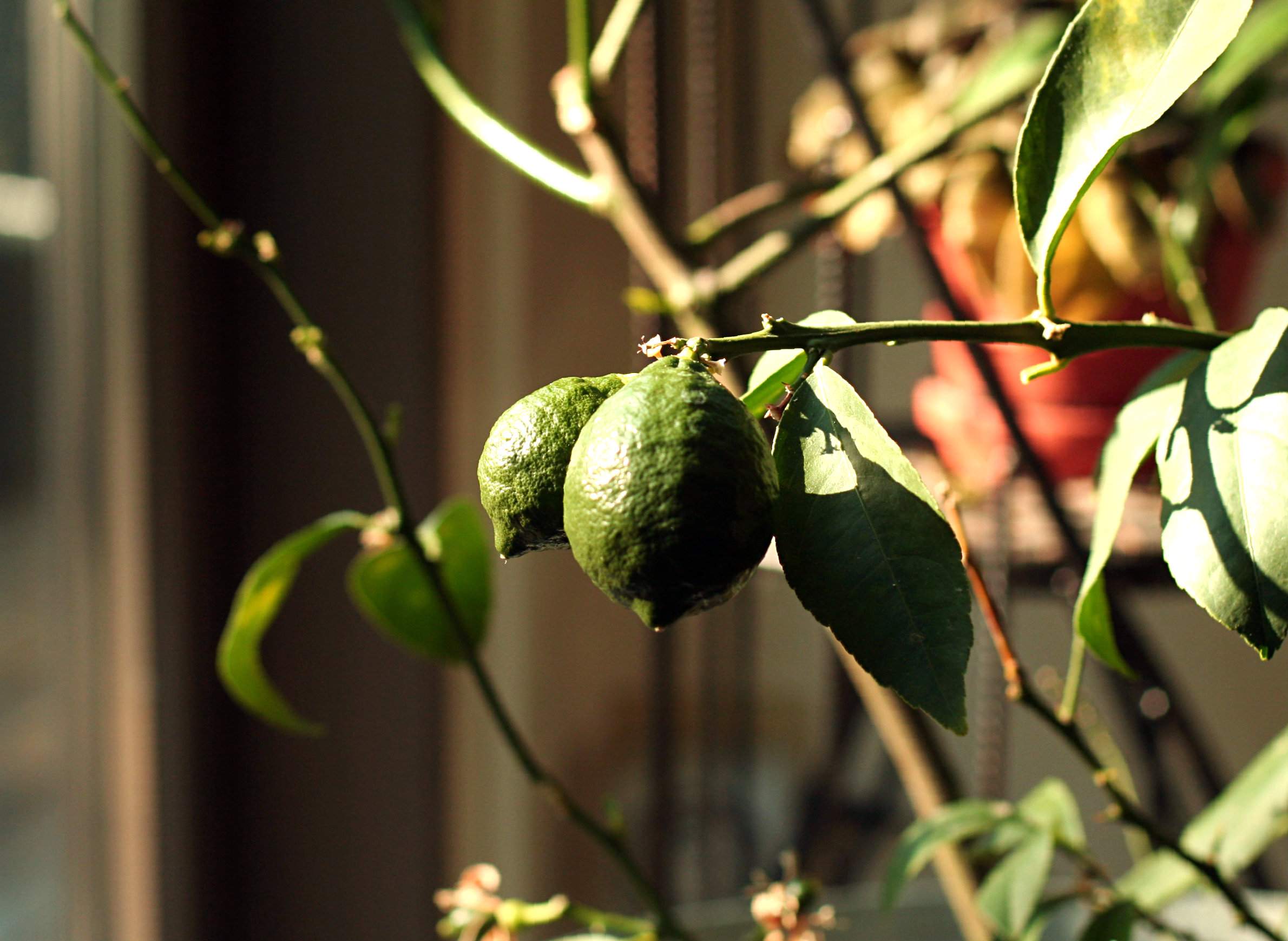
Growing Citrus Indoors Can Squeeze More Sunshine Into Winter

The fresh taste of citrus fruits and their fragrant flowers are appealing and may make a trip to a Florida orchard sound tempting. But growing citrus plants indoors can, if lucky, result in some delicious fruits and provide homegrown tropical flavors in winter.
While there are many citrus species, certain types can be successful indoor houseplants. Calamondin orange (Citrofortunella microcarpa), a common indoor citrus plant, produces reliable blooms and fruits even at a young age. It produces small orange fruit that are sour in taste and best used for marmalade. Dwarf Meyer lemon (Citrus × meyeri) generally blooms twice a year, once in late fall and again in early spring, and grows to a height of about four feet. Satsuma orange (Citrus unshiu), a type of tangerine, produces copious blooms. Other citrus types to consider are the Otaheite orange (Citrus limonia Osbeck), ponderosa lemon (Citrus limon x medica), Persian lime (Citrus x latifolia) and Meiwa kumquat (Fortunella crassifolia).
A citrus plant grown from any seed extracted from grocery-bought fruit might not turn out to be an ideal houseplant, as those seeds borne from sexual production are likely to produce a different variety of fruit. Additionally, plants grown from seeds can produce long thorns, grow taller and can take many years (10 more) to produce fruit. Hence, it is best to purchase grafted plants of known varieties.
As houseplants, citrus can tolerate low light and cooler air, but might not bloom. To induce blossoms, the plant needs direct sunlight for at least 5 to 6 hours, or should be placed underneath supplemental light. An indoor room temperature of 65 to 70°F during the daytime and night temperature in the 60s is optimal.
In order to set fruits, a cotton swab or small paint brush can be used to transfer the pollen from one flower to another. It may take several weeks or months to produce mature fruits. Premature fruit drops are often associated with poor pollination or lack of environmental conditioning. The soil moisture in the citrus plant's container should be maintained, but it should not be soggy or wet conditions. Additionally, a humidifier can help maintain indoor humidity of at least 40 percent.
Citrus plants enjoy the outdoor environment in the summer. After the threat of spring frost, they can be placed on the north side of a structure or under nearby shade trees for a few weeks before being moved directly under full sun. A water-soluble fertilizer recommended for acid-loving plants such as azaleas and rhododendrons should be applied from April through August. When fertilizer is mixed with water, it should be combined at half the strength of its label dosage rate
Like any other outdoor container plants, citrus should be watered as needed during the growing season. By September, they will need a good rinse to remove insect pests on leaves and stems. If that doesn't work, an appropriate outdoor insecticides labeled for plant use can be sprayed on the tops and bottoms of the leaves. A couple of weeks after the insecticide treatment, the containers can be moved to a shaded area for a few days.
Once temperatures start to drop into the 50s, citrus plants should be moved indoors. This multi-stage process helps the plant to acclimate to lower light levels and minimizes foliage drop.
Vijai Pandian is a horticultural agent and educator for the University of Wisconsin-Extension Brown County. This article is adapted from an item originally published by the Green Bay Press Gazette.


